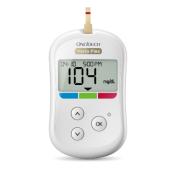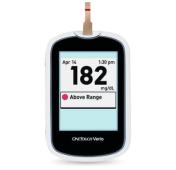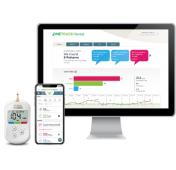Tips for Taming the Dawn Phenomenon

Early morning highs in blood glucose are common in people with diabetes. This is known as the dawn phenomenon, also called the dawn effect, and describes an abnormal increase in blood sugar, usually between 2 a.m. and 8 a.m. Insufficient insulin the night before, incorrect anti-diabetic medication dosages or eating carbohydrates at bedtime could also lead to high morning blood sugar. If your fasting glucose continues to be high, talk to your healthcare provider about options that may work with your lifestyle and regimen. Here are some steps you can take to manage the dawn phenomenon:
- Eat an earlier dinner
Both when you eat and what you eat can affect your early morning blood glucose levels. As well as eating regular meals, try to eat dinner earlier in the evening, avoiding carbs before bedtime. - Do something active after dinner
A little exercise can help lower blood sugar levels; try doing some light physical activity after dinner such as going for a walk, practicing yoga or hopping on a stationary bike. - Track your morning blood glucose levels
If your morning blood glucose levels are consistently high, checking your blood sugar once during the night — around 2 a.m. or 3 a.m. — for several nights in a row will help you and your doctor determine if what you’re experiencing is the dawn phenomenon or if there's another reason behind it.
References:
Mayo Clinic. The dawn phenomenon: What can you do? Accessed August 14, 2019.
Medical News Today. How to manage the dawn phenomenon. Accessed August 14, 2019.
Related articles
US-OTB-1900028















